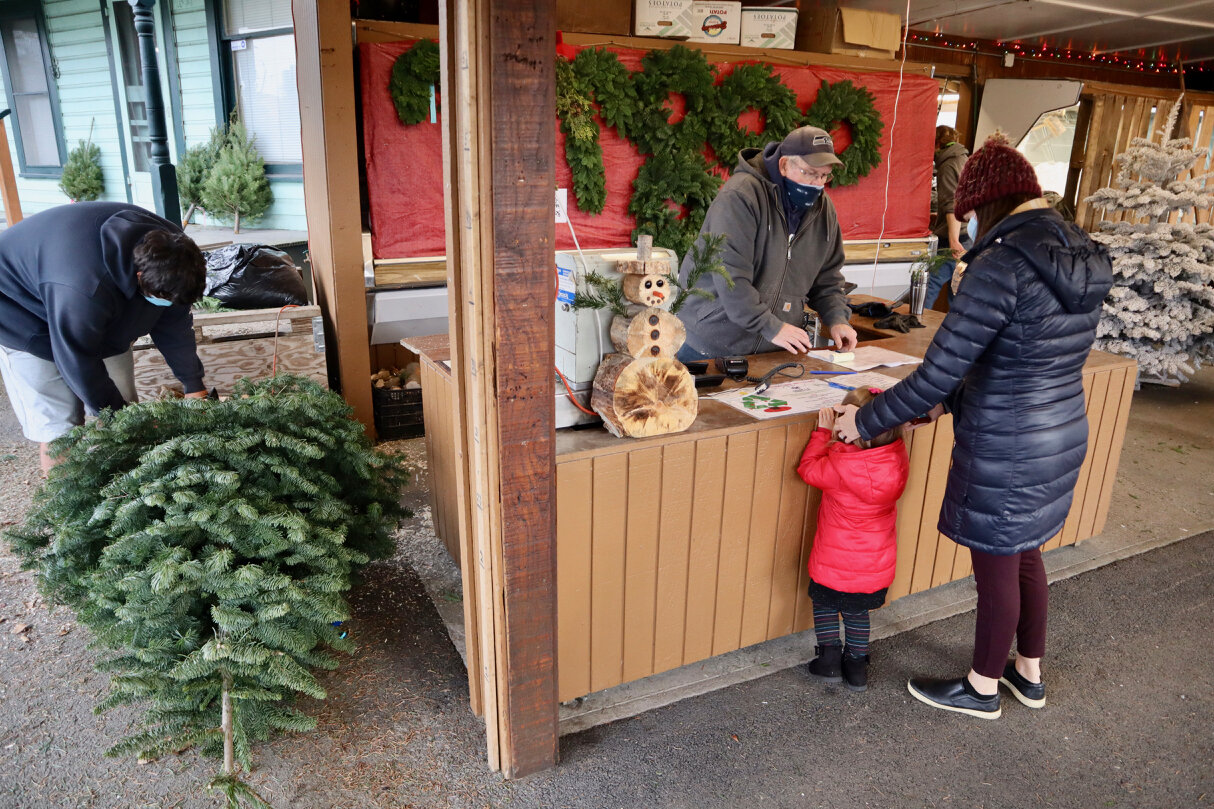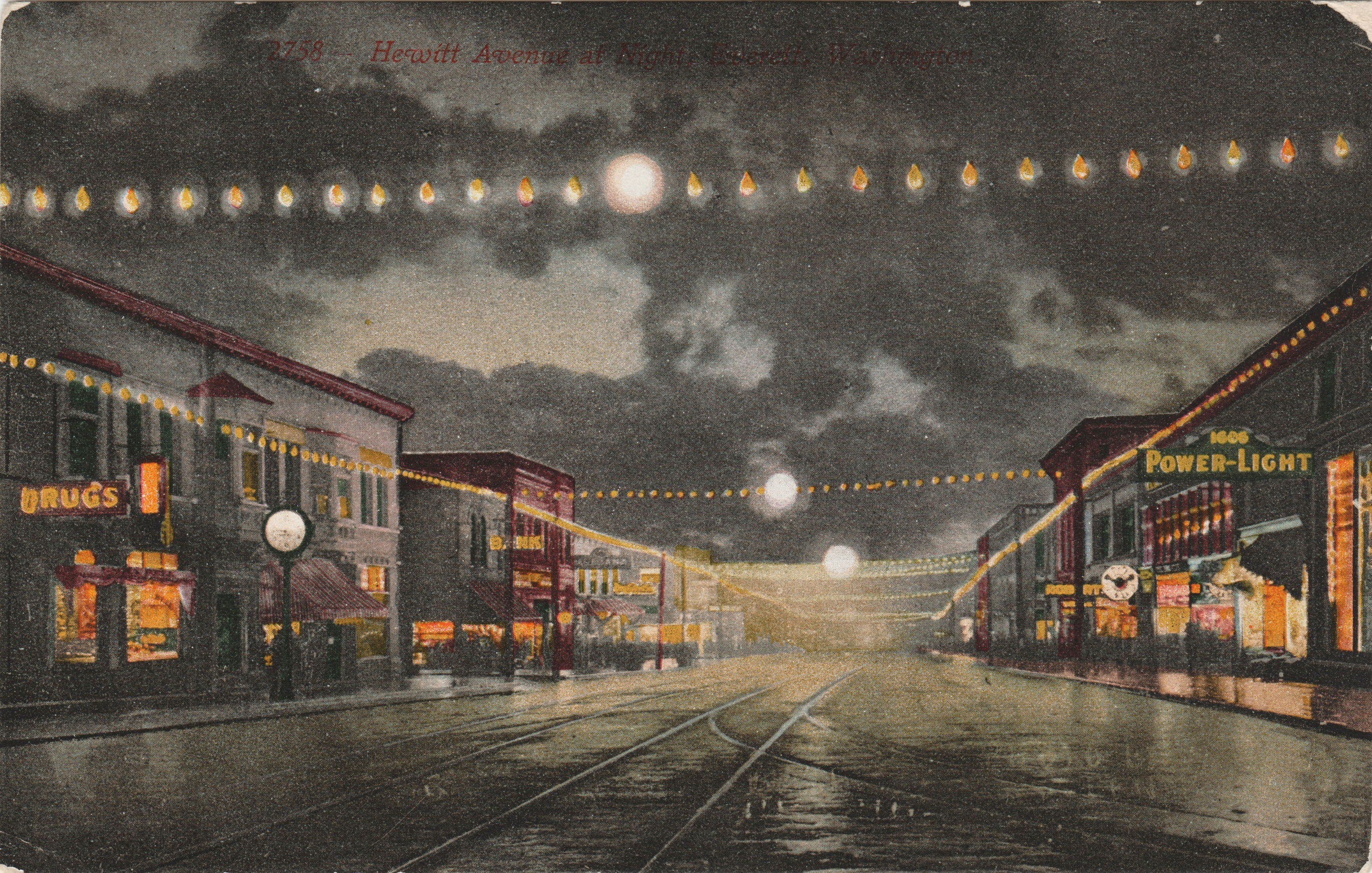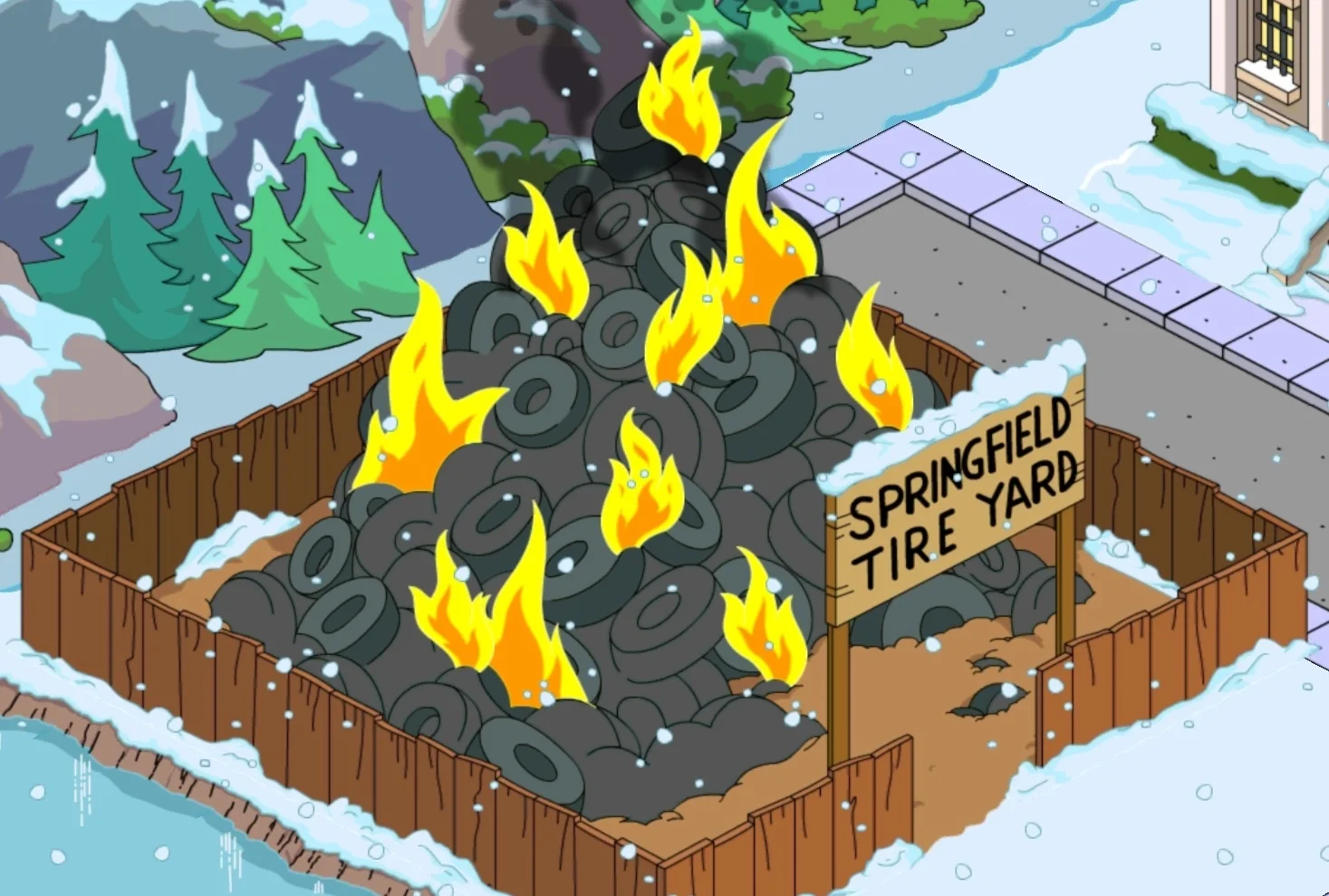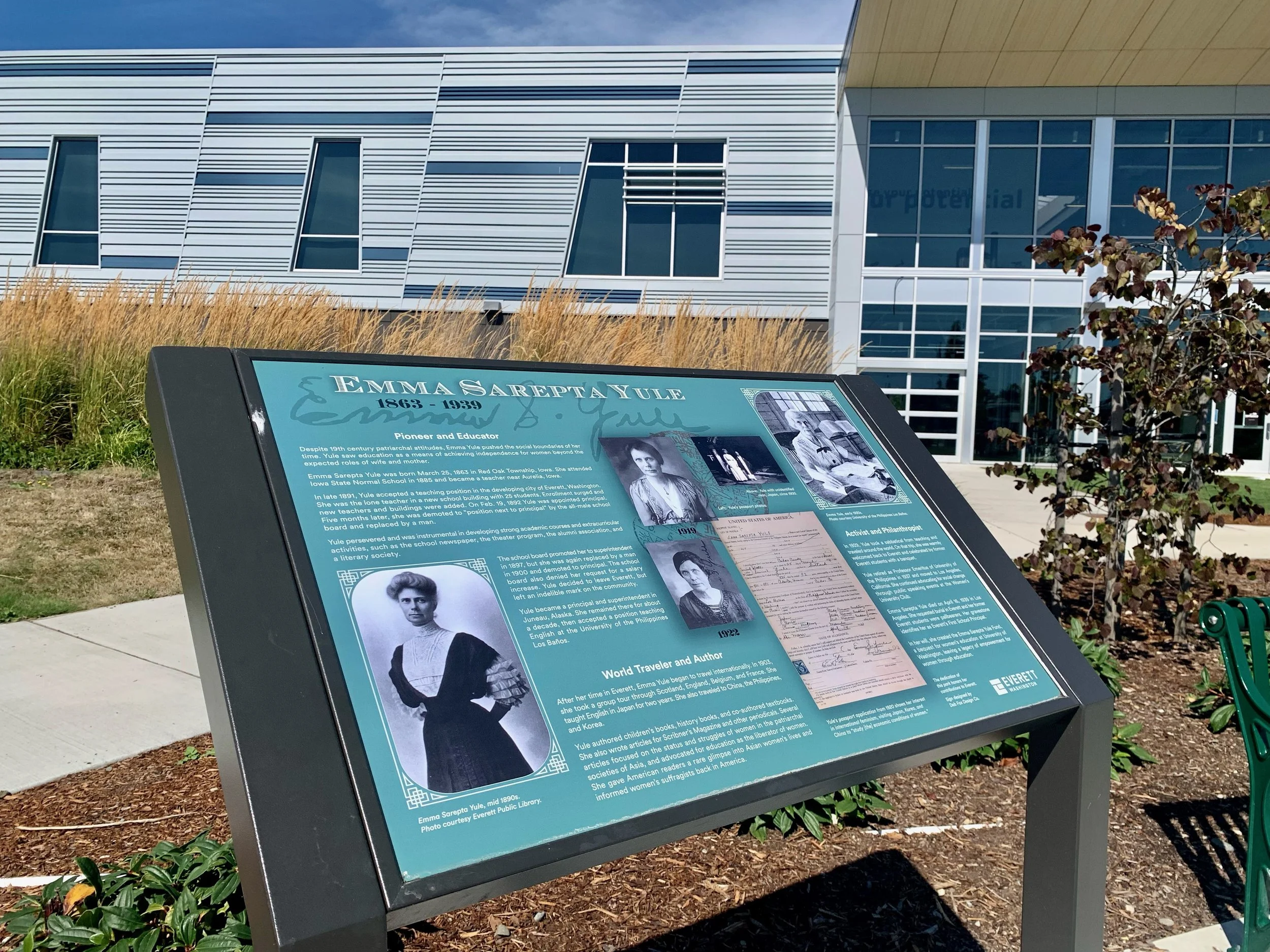Where The Space Needle Guy Lived
Editor’s Note: Originally published November 7, 2017. Updated October 24, 2019.
This is a story about three guys with the same name.
It's also about a fire, an indoor skate ramp, a donut machine inventor (this is disputed), and how these factors came together to make a very nice place in North Everett that you can go see right now.
Ultimately, I think, it's a story about how people in this city work harder than just about anyone to acheive their dreams.
1. THE WRIGHT STUFF 🏗️
This is about all of the Howard Wrights.
There have been three of them to date, all doing more or less the same thing (entrepreneurship) in different roles—everything from making cabinets to building the Grand Coulee Dam.
The Wrights are old money spent wisely.
There’s Howard S. Wright, the man who first founded the family business (the Howard S. Wright Construction Company) in Port Townsend in 1885. He was a cabinet maker.
The patriarch moved his business to Everett in 1893. It’s here that he had a home built for the family. This was called the Howard S. Wright House and it was (and still is) located on the 2100 block of Rucker Avenue.
The family (including his son Howard H. Wright) occupied 2112 Rucker until the 1920s.
It was here in North Everett that Howard S. Wright, Jr., the grandson of the cabinet maker, was born.
Under the management of Howard, Jr., the family business (by then a construction company) won a contract to build a little thing called the Space Needle for the 1962 World's Fair.
The Space Needle originally was painted a "galaxy gold" in keeping with early 1960s color palettes.
As you can imagine, building the Space Needle went well for the family.
The giant spaceship on legs secured the reputation of the company as a builder of ambitious projects. The Howard S. Wright Company went on to build the Columbia Tower. This was the start of a decades-long run of constructing skyscrapers in downtown Seattle.
Howard Wright, Jr., Space Needle builder, led an interesting life.
He married an heiress to a street car company by the name of Theiline Pigott. He was an avid racehorse fan, a conservative man who didn’t flaunt his wealth. He kept a low public profile throughout his career. Indeed, there are no images of him on the internet. He passed out at a dinner at the Seattle Tennis Club and died five days later in 1996.
Before.
2. THE HOUSE 🍩
Meanwhile in Everett, years after construction, the Howard S. Wright House had fallen badly into disrepair.
It had been divided into apartments in the 1960s. A fire destroyed the roof in 2002 and the water used to put out the flames badly damaged the interior of the home.
For five years the place lay in ruins. In 2006 it was put on the list of “Most Endangered Historic Properties” by the Washington Trust for Historic Properties.
Photos of the house from this era show a squatter's dream crib. The place has an overgrown backyard, a broken deck railing. Patches of the Wright House are covered in tarps and plywood.
Someone had broken in and built an indoor skate ramp in the home of one of Everett’s historically preeminent families.
Though scuffed and peeling, you can still tell from the 2007 photos that the home (like so many beautiful Everett homes) has great, solid timber bones.
Enter Bill Belshaw.
Belshaw, a member of the Historic Everett organization, bought the home in 2007 for about half a million dollars. He invested another $400k (by his estimate) into repairs, completely flipping the place and splitting it up into five condos.
Bill Belshaw is, by most accounts, a quiet, hardworking older gentleman who purportedly (though I couldn’t confirm this through my research) made a small fortune by inventing a donut-making machine.
Today the Howard S. Wright house stands as a true gem in the Grand District of Historic Everett. It’s on the city’s register of historic places.
Check it out some time. It's the sage green home at the aforementioned address.
And so the ghost of Howard S. Wright, Jr. is laid to rest, his childhood home having been spared the blight of dilapidation.
After.
What's the takeaway from this curious story? Let me offer a few suggestions.
Everett has always attracted people who don't mind working for it. Howard S. Wright came here as a lowly cabinet maker. His family ended up becoming one of the wealthiest and influential families in the region.
How did that happen? I suggest it was good old-fashioned Everett moxie. People here aren't afraid to hustle.
For decades the Howard S. Wright House was a rough gem just waiting to be shined. There is still work to be done in our beloved mill town, plenty of old buildings with good bones waiting to have new life breathed into them.
Let's all be Bill Belshaws.
Let's keep flipping this city.
Richard Porter writes for Live in Everett. He lives in a historic home built in 1942 and likes it that way.

























